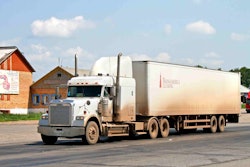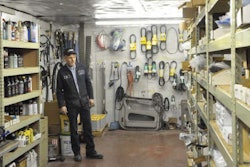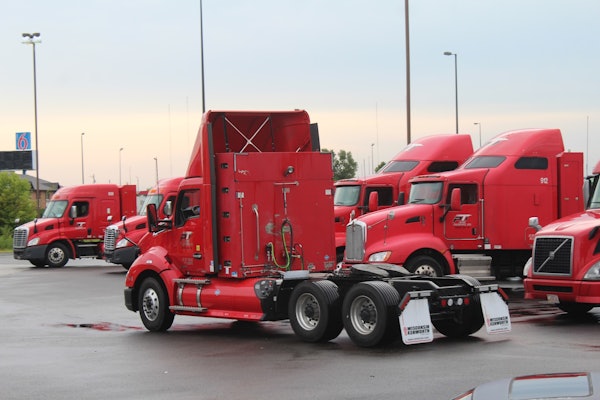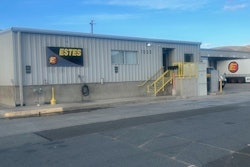This story is part of a four-part series on how the recession, changing regulations and evolving equipment have changed equipment trade life cycles for fleets. Click here to see all of the stories.
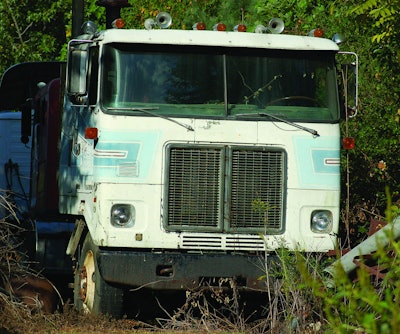 Now that fleets have learned how to squeeze every possible mile from a new vehicle, is this the new reality in our industry?
Now that fleets have learned how to squeeze every possible mile from a new vehicle, is this the new reality in our industry?The alchemy of equipment life and trade cycles has driven more than one fleet manager to despair over the past century of trucking. In the good old days, a bottle of whiskey tucked down in a desk drawer helped determine when the timing was right to buy or sell trucks and trailers.
In today’s professional industry, that cavalier approach obviously is a no-go. But the angst of “getting it right” when it comes to establishing a viable equipment lifecycle policy remains.
Pulling the trigger on buying and selling expensive assets such as trucks, tractors and trailers relies on many factors out of a fleet’s control. Fuel prices, the economy, freight demand, driver availability, competition, customer preferences, maintenance costs, downtime, used truck prices and acquisition costs are just a few of the many factors that come into play when considering vehicle life and liquidation and acquisition procedures.
That’s why for many fleet managers, the move to act may feel like a gut decision – even after weighing all the pertinent factors that are supposed to show the right way to go.
Smart fleet managers know that trade and lifecycle plans are not carved in stone. They are living, breathing things that need to be adaptable and ready to respond easily to unforeseen market forces.
For many fleets, the economic collapse in 2007 and 2008 was a controlled-panic situation, with upper management directing maintenance operations to batten down the hatches and ride out the downturn by pushing asset life out as far as possible. New truck purchases were scaled back dramatically or put on hold indefinitely.
As a result, the American Trucking Associations reports that the average age of a truck in a U.S. fleet today is an unprecedented 7 years old. Much credit has to be given to the industry’s maintenance professionals for keeping those aging trucks on the road. Under the gun, they responded admirably by finding new ways to keep older trucks profitable and productive in an extremely trying economic downturn.
The news is getting much better nowadays.
Trucking is a leading economic indicator, and in 2007, it was one of the first major industries to predict the coming downturn that hit the economy at large the following year. In 2014, with reports last month that new Class 8 truck sales increased a dramatic 71 percent over the same period last year, it appears the industry is – at long last – previewing a strong economic recovery.
But now that things are getting better, what does that mean for the life and trade cycles fleets adopted during the hard times? Does the model of super-extended vehicle life still hold? Now that fleets have learned how to squeeze every possible mile from a new vehicle, is this the new reality in our industry? Or do good times mean new factors are in play that change the equation yet again, leading to more frequent equipment turnover?
Click through to read the impacts and changes the recession had on equipment trade cycles and how your fleet should proceed.
Perfect storm: Regulations, recession and maintaing old equipment>>




